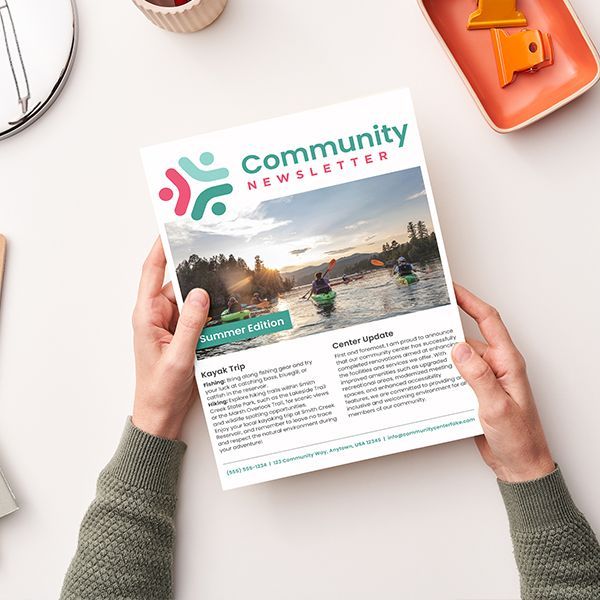Copyright Violations are a Big Deal — Here’s Why

Imagine that you’re on the hunt for an image to accompany the upcoming season of classes, or you found a great resource that you want to share with others on your center website. You notice the copyright watermark in the corner or see the bit of text in the bottom of the PDF stating that nothing is to be copied or shared without permission. But it’s just the perfect thing that you need, and you have such a small audience — “just this once,” you think. And then it happens: you get caught.
From large corporations like Disney or Amazon, to local creators selling content on Etsy shops — copying, sharing, or utilizing without image or content permission can be a big deal. Depending on how it’s used, you could end up with a cease and desist letter or be sued. Here is the lowdown on copyright violations, as well as why you should avoid them and how.
Not as Ambiguous as You Think
The definition of copyright is “the exclusive legal right, given to an originator or an assignee to print, publish, perform, film, or record literary, artistic, or musical material, and to authorize others to do the same.” In simpler terms, copyright is the right to copy. This means that the original creators of products and anyone they give permission to are the only ones with the exclusive right to reproduce the work.
As a nonprofit, there are many ways that you may find yourself in violation of a copyright without even realizing it, such as:
- Copying an image you found on the internet and using it in your newsletter, website or email, whether you have permission or not.
- Playing a movie for your members without permission from the company that created it (think a community-wide outside movie night of a popular Disney film).
- Uploading a resource you personally paid for to your website so others can access it, such as a book or other paid content, even though distributing is prohibited.
What Can Happen
It can be a misconception that anything found on the Internet can be used freely. This is not true. The U.S. Copyright Office has a range of definitions and facts for people to understand what a copyright is, and how to avoid infringing on someone else’s work. According to Purdue University, copyright infringement penalties can range from actual dollar amount damages to paying attorney cost and fees, to even jail (in extreme cases).
How to Avoid Them
It’s easier than you think to avoid getting caught with a copyright violation. Check out some of these websites for resources that are available for the taking (and sharing!).
WeCreate: If you’re an LPi newsletter customer, you already have access to images and content for anything you may need. With WeCreate, you’ll find the latest in stock photography, clip art, articles, recipes, and more. So, if you’re searching for an inspirational quote for this week’s social media content, or a nice wellness article that you can share on your website, look no further! Not interested in a WeCreate subscription yet but still want access to some freebies? Check out the WeCreate monthly free art page here. It is packed with content that nonprofits can use freely in their communications!
Wikimedia Commons: You may be familiar with Wikipedia, a free content, online encyclopedia written and maintained by a community of volunteer contributors, but have you heard of Wikimedia Commons? A collection of 75,451,290 (and counting!) freely usable media files to which anyone can utilize.
Search for Free Images
You can find a ton of free images to use for whatever you need — just head on over to Unsplash, MorgueFile, and Pexels. Royalty-free and available for all uses (even commercial), you’re bound to find what you’re searching for with just a few keystrokes.
Pay for Images
If you’re looking for a perfect image for a flyer to about your upcoming festival, avoid the search on Google and go right to image websites that offer attractive, high resolution images for a price. They can range in cost from as little as $5 to up to $45, but it’s cheaper than the alternative. Try Adobe Stock and Shutterstock for some great images that you can purchase for whatever you need.
Updated on 03-19-2024
You might also like
All Rights Reserved | LPi




